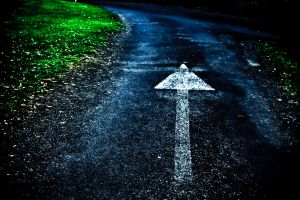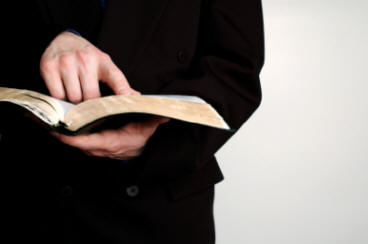Proto-Fundamentalism, Part 1

Eschatology
American Fundamentalism burst on the scene as an identifiable movement in 1920. It first became visible at the Buffalo, New York, meeting of the American Baptist Convention. Something unheard of occurred at that convention. People prepared to take measures that they had never taken before. Reflecting upon those people and their measures, Curtis Lee Laws coined the name “Fundamentalist.”
Both Laws and the Northern Baptist Convention deserve extended discussion, and they will receive it later in this series. What must be remarked now, however, is that Fundamentalism did not appear out of thin air. While it represented a new coalition with a new arrangement of ideas and a new agenda, it grew out of an older and broader movement.
The people who called themselves “Fundamentalists” owed a great deal to that older movement. In fact, it is impossible to understand Fundamentalism without understanding the movement out of which it developed. Sometimes (as in George Dollar’s A History of Fundamentalism in America), the older, broader movement is regarded as the first stage in the historical development of Fundamentalism. Whether it was or not, its influence continued to be felt for decades.
Perhaps the older movement should be labeled Proto-Fundamentalism. This term appears in the title of David Rausch’s “Proto-Fundamentalism’s Attitude toward Zionism, 1878-1918” (Ph.D. dissertation, Kent State University, 1987), and has been scattered through the subsequent literature.1 It both denotes and connotes the right thing.
Proto-Fundamentalism represents the realignment of American Christianity in the years following the Civil War. The Proto-Fundamentalist movement became distinguishable somewhere between 1870 and 1875. Its most important leaders died around the turn of the century, but Proto-Fundamentalism survived and even flourished. It found its voice in the collection of essays known as The Fundamentals. It was the most dominant segment of American Christianity until the end of the First World War. Proto-Fundamentalism is the shape that most of American Christianity took between the Civil War and the War to End All Wars.
 Resolution on Separation
Resolution on Separation Being up to my ears in SharperIron.org doesn’t qualify me to speak for Young Fundamentalists or try to prescribe an agenda for them. A scan of my bona fides doesn’t reveal anything that would especially commend me for the job either. But I do care, so I offer here some thoughts on a question that is on some minds these days (examples
Being up to my ears in SharperIron.org doesn’t qualify me to speak for Young Fundamentalists or try to prescribe an agenda for them. A scan of my bona fides doesn’t reveal anything that would especially commend me for the job either. But I do care, so I offer here some thoughts on a question that is on some minds these days (examples  The following is a portion of a paper Dr. Straub read at the Bible Faculty Leadership Summit last summer (he also read a variation at the
The following is a portion of a paper Dr. Straub read at the Bible Faculty Leadership Summit last summer (he also read a variation at the  The following is a portion of a paper Dr. Straub read at the Bible Faculty Leadership Summit last summer (he also read a variation at the
The following is a portion of a paper Dr. Straub read at the Bible Faculty Leadership Summit last summer (he also read a variation at the  The following is a portion of a paper Dr. Straub read at the Bible Faculty Leadership Summit last summer (he also read a variation at the
The following is a portion of a paper Dr. Straub read at the Bible Faculty Leadership Summit last summer (he also read a variation at the  The following is a paper Dr. Straub read at the Bible Faculty Leadership Summit last summer (He also read a variation at the
The following is a paper Dr. Straub read at the Bible Faculty Leadership Summit last summer (He also read a variation at the 
Discussion